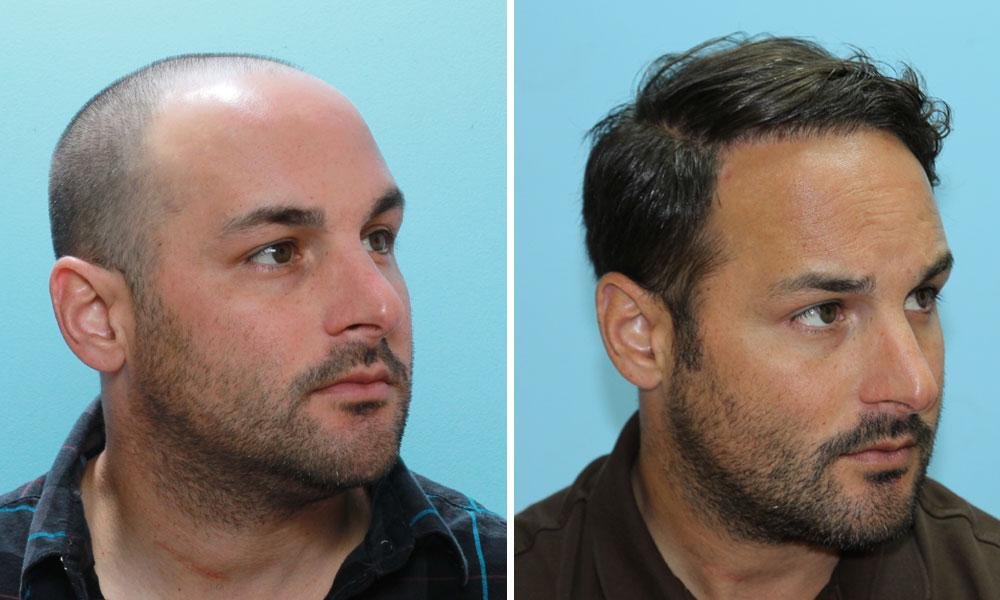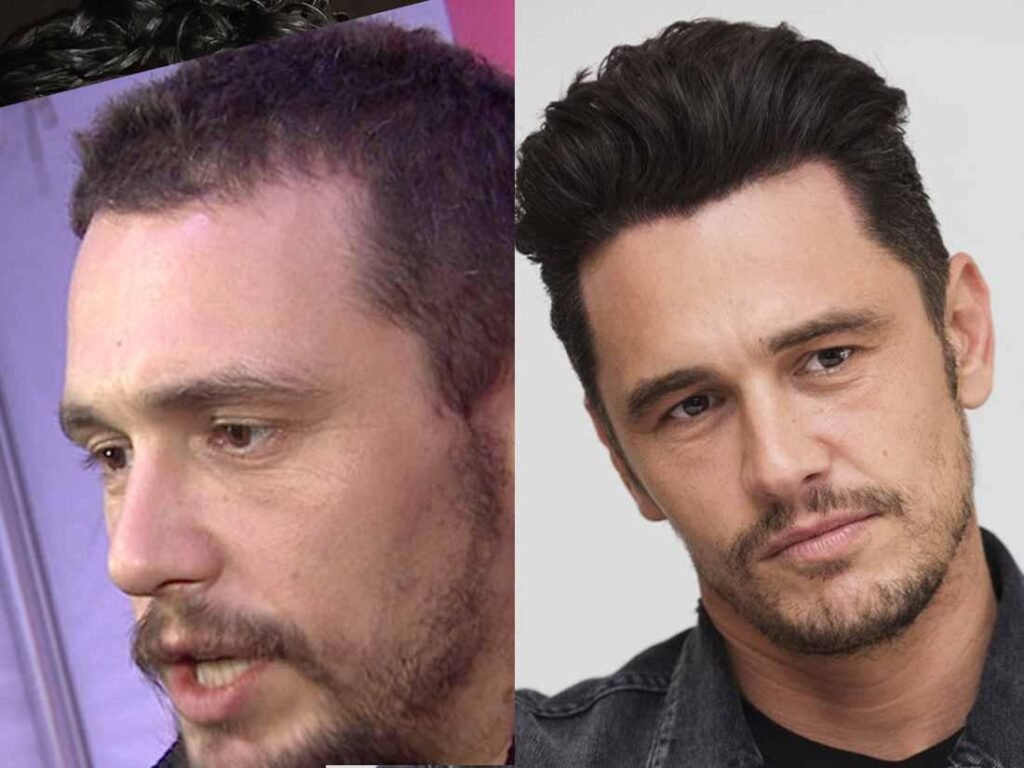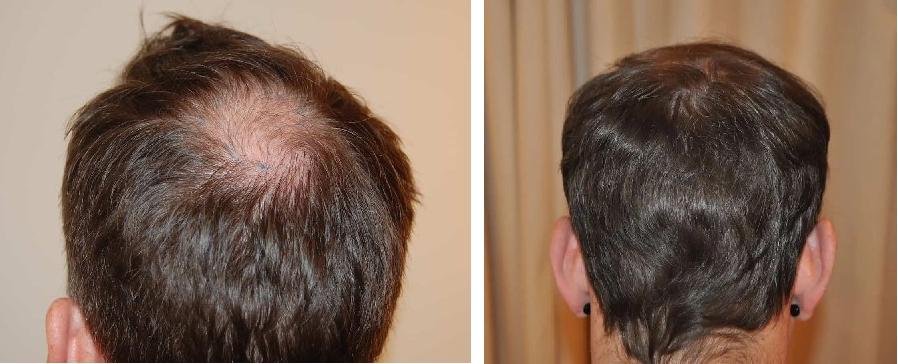Surgery Overview
- Home
- Surgery Overview



Hair Transplant Surgery Overview
A Hair Transplant Procedure involves harvesting healthy, loss-resistant hair from the donor area of your scalp and strategically transplanting it into areas where you have experienced hair loss.
The donor area typically resides at the back and sides of your head, where hair growth is naturally resistant to loss. The transplanted hair continues to grow naturally and becomes firmly and permanently implanted.
Human hair grows in bundles called “grafts,” each containing one to four hairs. There are two primary methods for extracting donor hair grafts: the “F.U.E.” method (Follicular Unit Extraction) and the “F.U.T.” method (Follicular Unit Transplant).
In the F.U.E. method, specialized punch-like surgical devices extract one graft at a time. While FUE doesn’t leave a linear scar, it does create tiny scars at each extraction point, though they are typically not easily visible. Thousands of punctures are made across a wide area to extract the necessary grafts. Historically, FUE’s success rate has been lower than FUT, but with advancements in technology, our FUE success rates are now comparable to FUT.
F.U.T., also known as the “Strip Excision” technique, involves removing a strip containing hundreds or thousands of hair grafts from the donor area. After removal, the strip is processed, and individual grafts are separated under a microscope for transplantation. While FUT leaves a small scar where the strip was extracted, advanced techniques like trichophytic closure minimize scarring. Our videos often showcase a “donor area comb-through” to illustrate the minimal and inconspicuous nature of the scar.
The benefits and drawbacks of each method are widely discussed on Hair Transplant forums, and we encourage you to thoroughly research both methods.
Hair Follicle have developed and continually refined the “Lateral Slit Technique,” a specialized method for creating incisions in preparation for transplanting hair grafts. This technique offers numerous advantages critical for achieving the most natural-looking results.
Ultimately, the success of a hair transplant procedure depends greatly on the quality and quantity of donor hair, in addition to the skill and expertise of the doctor and team. Explore further to determine if a hair transplant is the right solution for you.
